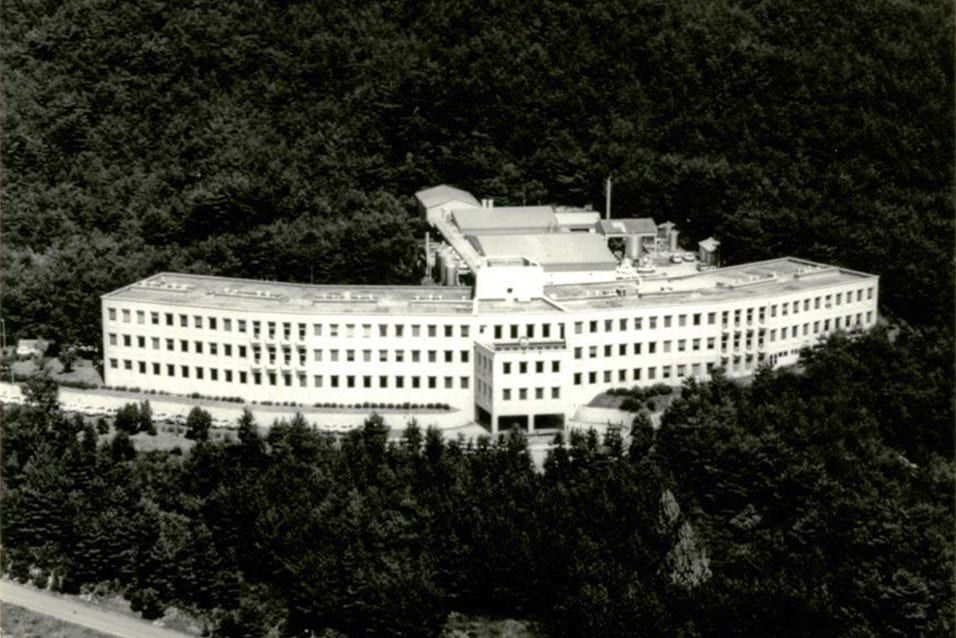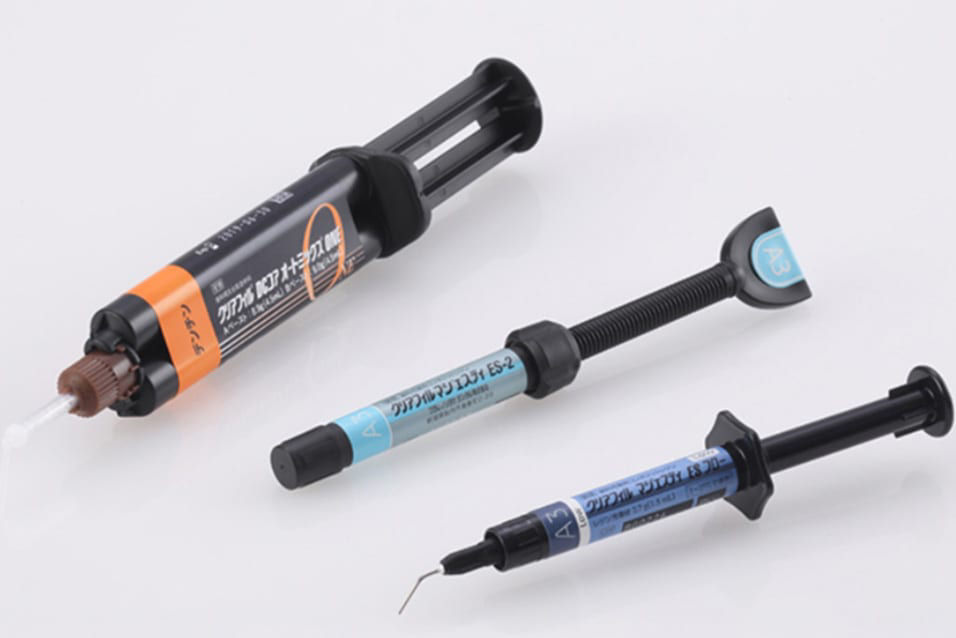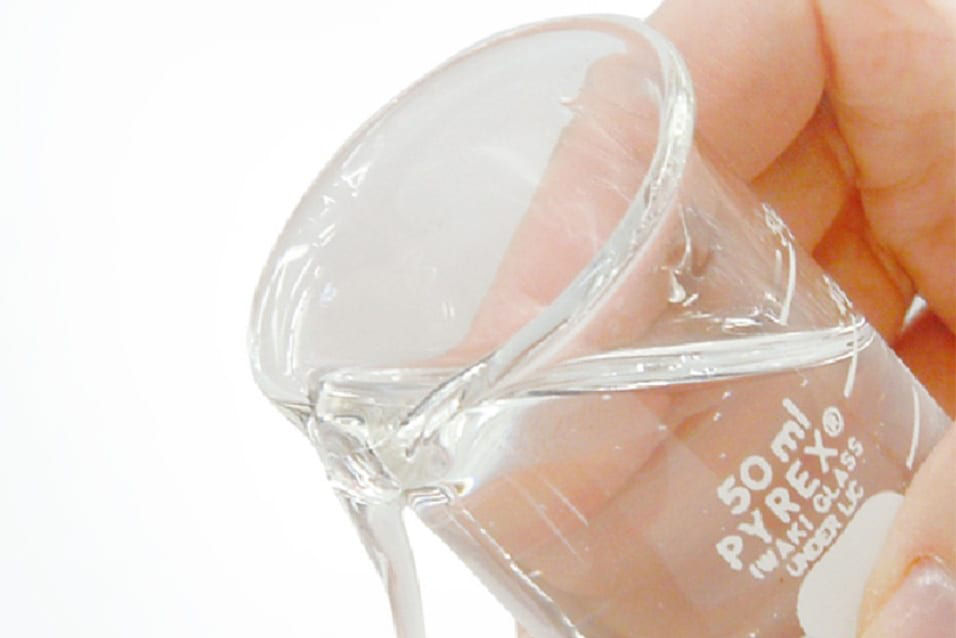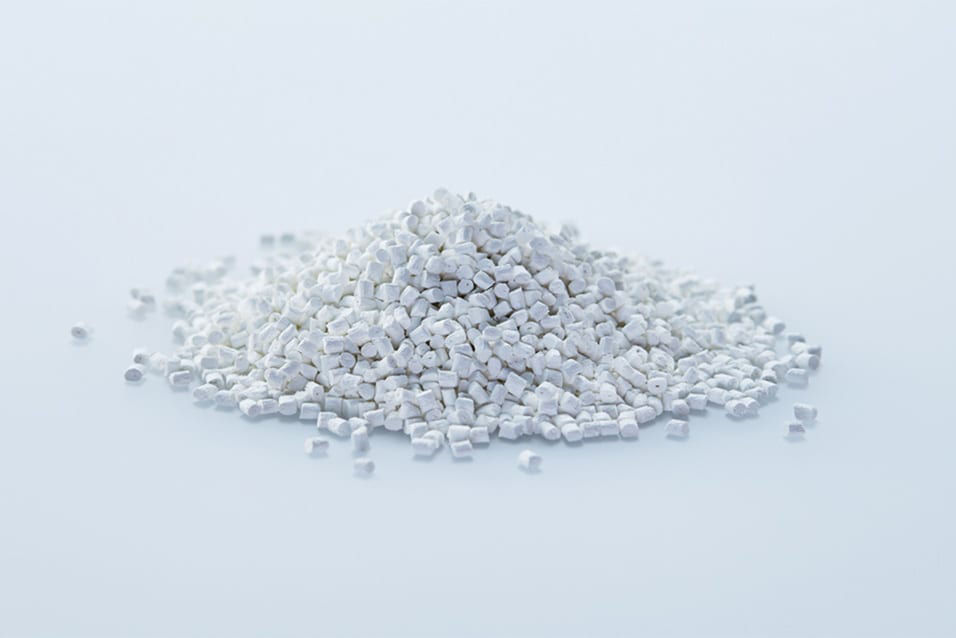History
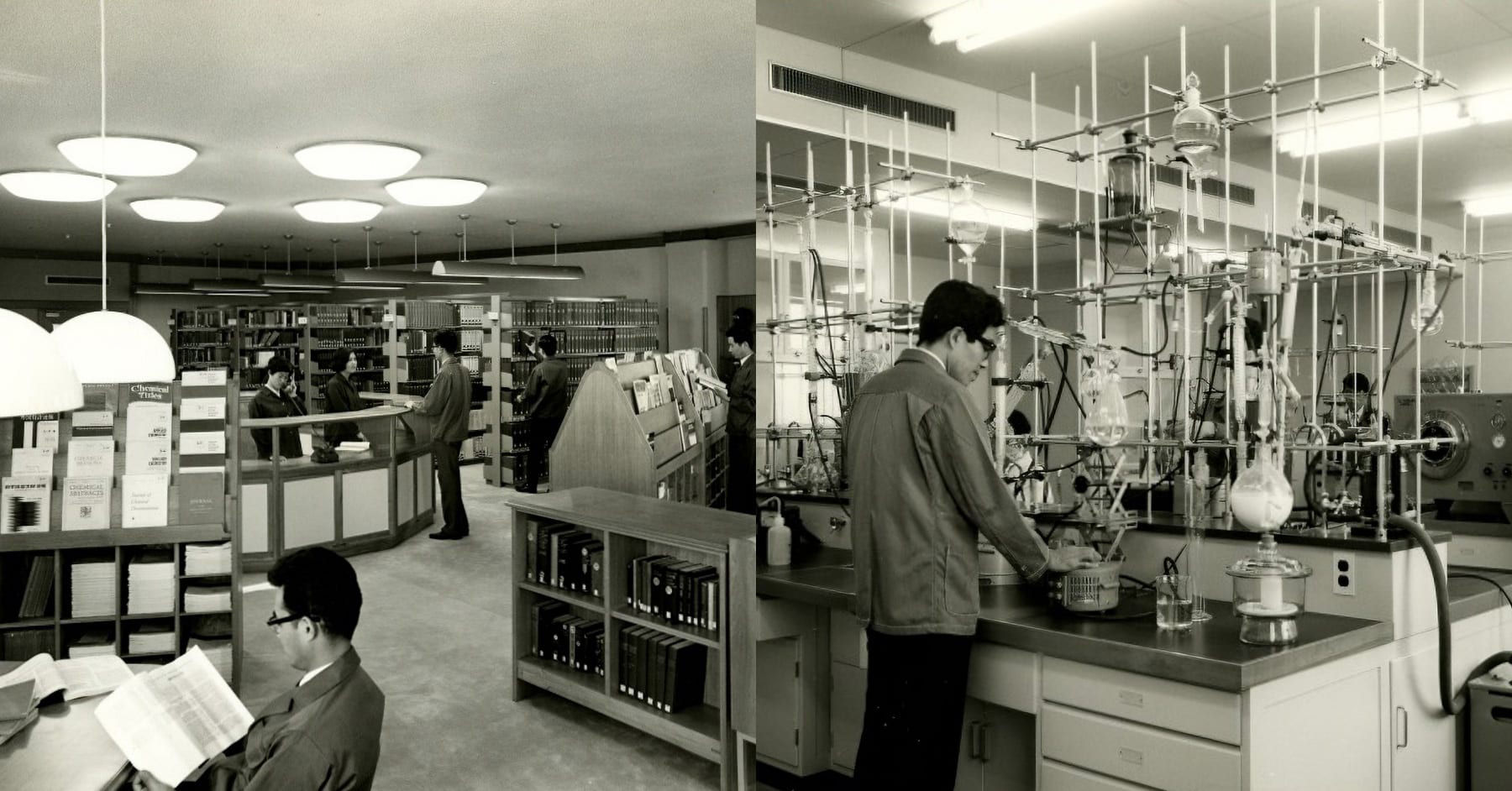
Leading innovation that embodies the spirit “to achieve what no one else can”
The origins of both the Kurashiki and the Tsukuba Research Centers date back to the establishment of the Central Research Institute in Kurashiki City, Okayama Prefecture, in 1968, where Kuraray was founded. As the core of innovation embodying our mission of “For people and the Planet—to achieve what no one else can" the Research and Development Division has created various new materials through numerous challenges. This spirit of challenge is still inherited by the current researchers.
The Story of the Birth of New Products
Kuraray has a variety of number one and one and only one products. Our commitment to creativity and unique technical capabilities has been essential for developing these products.
The Story of the Birth of New Products presents episodes with themes including Kuraray’s new business development mindset and the trials the company experienced in its early years.

